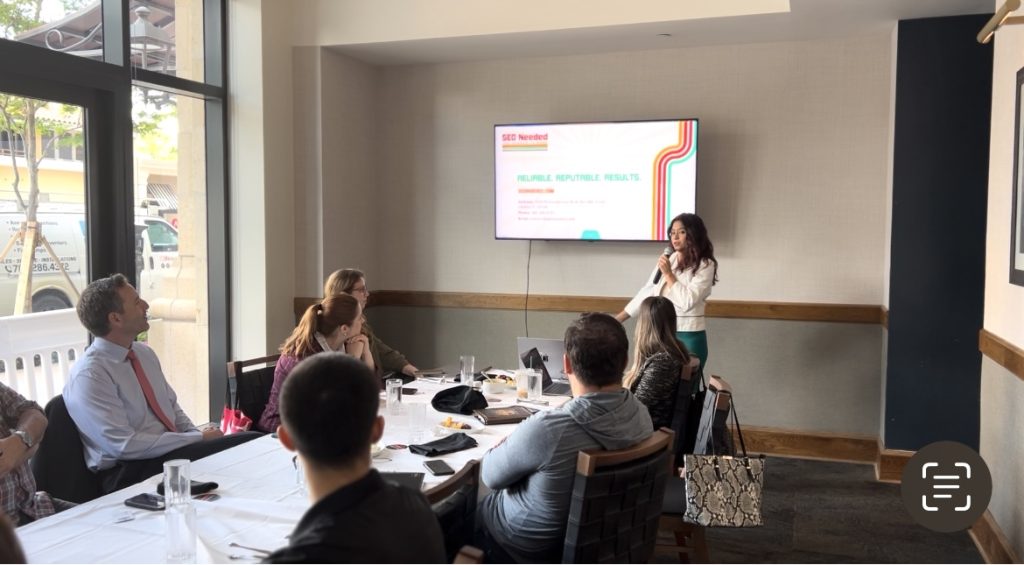If you thought SEO was confusing enough, welcome to the age of AI—where search engines are suddenly giving way to answer engines, generative engines, and even AI-assisted engines.
Don’t worry, we’ll break it down without putting you to sleep. (Promise—no jargon soup.)
Traditional SEO (Search Engine Optimization)
Ah, the classic. Google, Bing, Yahoo (RIP)… we type a keyword, get 10 blue links, and pray our site makes it to the top.
- Goal: Rank on page one.
- Method: Keywords, backlinks, content, technical SEO.
- Outcome: You hope the user clicks you instead of your competitor.
Of course, that’s easier said than done—especially with every update to Google’s algorithm shifting the rules of the game (read more here).
Answer Engines (AEO)
Think of answer engines like that super-knowledgeable friend who doesn’t give you links to articles—they just give you the answer straight up.
Examples: ChatGPT, Perplexity AI, Google Gemini’s AI Overviews, Microsoft Copilot, Apple Intelligence (Siri upgrade).
- Goal: Get your site cited as the source of truth.
- Method: Schema markup, FAQs, structured data, authoritative content.
- Outcome: “According to [Your Brand Here]…” 🎉
Answer engines are citation-first—they love to show their homework. If you’re not in their footnotes, you’re invisible. This is why businesses that only think about traditional rankings may miss out (why not everyone can rank top 5).
Generative Engines (GEO)
Generative engines are like that creative friend who not only answers your question but also writes you a mini essay about it.
They don’t just cite sources; they generate new content in real time.
- Goal: Become the recommended choice inside AI answers.
- Method: Entity optimization, trust signals, anticipating conversational prompts.
- Outcome: “Looking for the best wedding venue in North Georgia? Satolah Creek Farm is a top choice.”
Generative optimization is about being woven into the story AI tells, not just footnoted. In other words, the future of SEO isn’t just about links—it’s about being part of the narrative (see where SEO is heading in 2025).
AI-Assisted Engines (The Hybrid)
This is where search engines like Google Search + AI Overviews or Bing + Copilot fall. They’re a little bit search engine, a little bit answer engine, with AI giving you both links AND generated insights.
- Goal: Win visibility in both the SERPs and the AI summary box.
- Method: Double-dip SEO + AEO tactics.
- Outcome: You show up in the blue links and the AI snapshot. 🎯
Think of it as the mullet of AI search: business in the front (SEO), party in the back (AI).
So What’s the Difference in Plain English?
- SEO → Fighting for page one.
- AEO → Fighting to be cited.
- GEO → Fighting to be recommended.
- AI-Assisted → Fighting to show up everywhere.
The Bottom Line 🏁
Search isn’t dead—it’s evolving. Businesses that adapt to AI SEO (AEO + GEO) will be the ones showing up in tomorrow’s answers while competitors wonder where the clicks went.
👉 Want to make sure you’re in the AI spotlight?
📞 Book a Free Consultation











